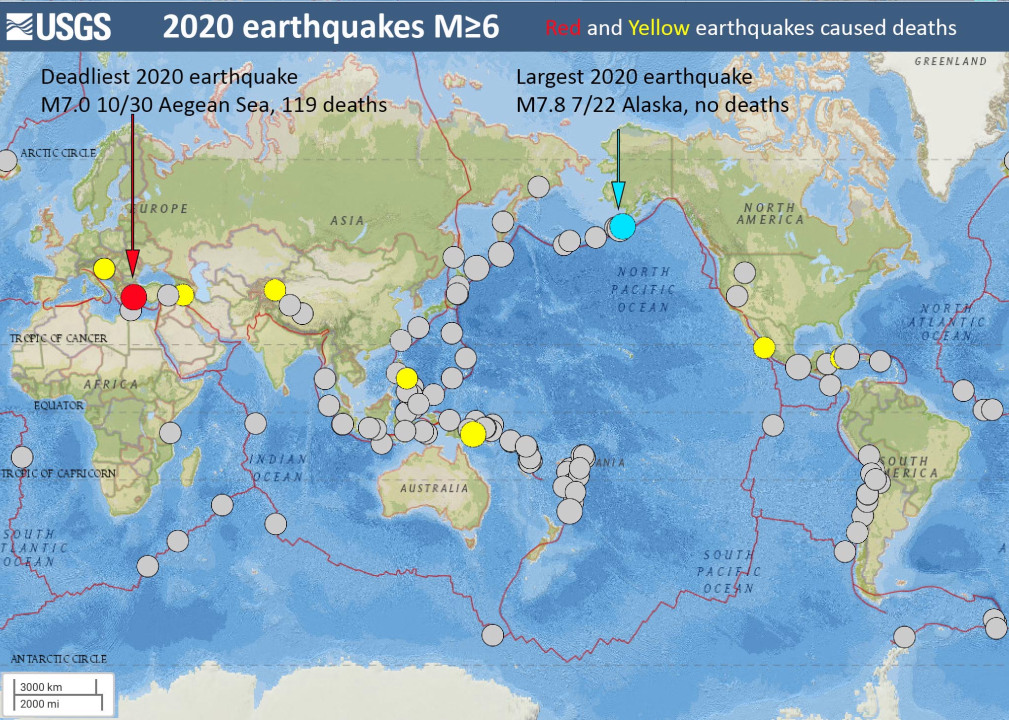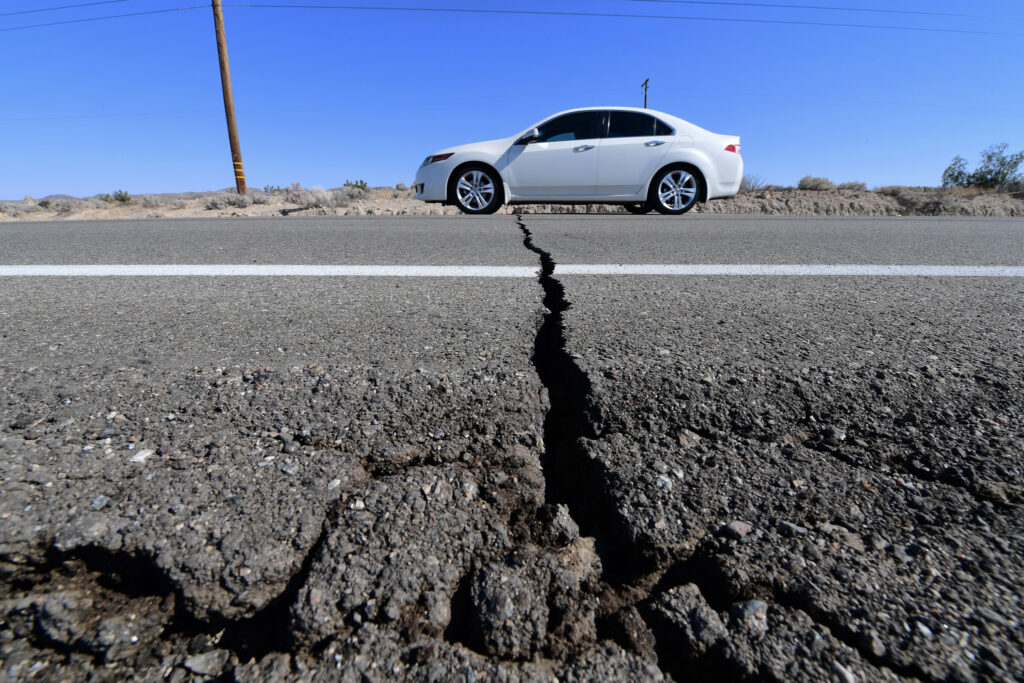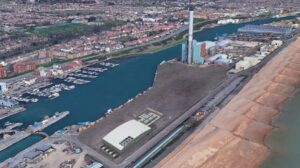No matter how you look at it, 2020 will stand out as a difficult year. The year the pandemic took the highest turnover and the forest fires, the economy and the political struggle fought for the following places. And it was a year in which earthquakes and tsunamis rarely made the headlines. There were fewer large or deadly earthquakes in 2020 than any year in the past two decades. At least 205 people lost their lives from earthquake-related tremors in 2020, the lowest number since 1984 and about the same as the number in L.A.
“No catastrophic earthquakes” is good news, and even without major losses, it is worth taking a look back at last year to see what was learned and we came across these updates.

On July 22, M7.8 south of the Alaska Peninsula was the largest earthquake of the year. It was fortuitously located about 60 miles from the nearest city, where the distance attenuated the shaking force to a moderate level. 7.8 and its almost as strong aftershock of 7.6 on October 19 are interesting from a tectonic perspective. They were centered on the Shumagin Gap, an area of the Aleutians that had not experienced a major earthquake in the past century and had been identified by some seismologists as a likely source of the next major Alaska earthquake. The 2020 earthquakes did not fill the void and were complex.
The July earthquake was probably a push event at or near the subduction zone interface, but produced a very small tsunami. The October earthquake was a landslide earthquake oriented almost perpendicular to the main earthquake. It produced a modest tsunami that was larger than the largest earthquake.
Most tsunamis are caused by large earthquakes, so it’s no wonder the planet has experienced fewer tsunamis this year. Only one tsunami caused damage and killed one person. It was produced by the M7 earthquake on October 30 in the Aegean Sea and reached a height of just over six feet. The October 30 tsunami appears to have been amplified by the shape of the Turkish seafloor and coastline. The affected communities were less than 20 miles from the epicenter and everyone felt the earthquake. The tsunami took only 10-15 minutes to arrive.
The October 30 earthquake in the Aegean Sea was also the deadliest of 2020. In addition to the death of the tsunami, it killed 118 people from earthquake-related damage.
While the level of global activity was lower than the recent average in 2020, US activity increased in both the 48 contiguous states and Alaska. Nearly 3,000 earthquakes of magnitude 3 or greater were recorded in Alaska and the Aleutian Islands, about 1,000 more than the average for the past two decades. The reason is no surprise: July 22 M7.8 and its vigorous aftershock sequence. Fortunately, the seismic activity was concentrated in sparsely populated areas.
Nearly 1,500 earthquakes of magnitude 3 or greater were recorded in the lower 48 states, slightly below last year and about 50% above the average for the past two decades.
What does all this mean for seismic activity in 2021?
We will have earthquakes in the next few months. Just because 2020 has been relatively quiet doesn’t mean there will be more (or fewer) earthquakes this year. There will be surprises and I hope the impacts remain low. But the only way to minimize impacts is to build resilient communities, invest in science and engineering, enforce building codes, take cover and hold on when the ground shakes, and make sure to head to higher ground if you’re on the coast.
Primary source of earthquake information (https://earthquake.usgs.gov/ ), tsunami information (https://www.ngdc.noaa.gov/hazard/tsu_db.shtml ). Impact information from https://en.wikipedia.org/wiki/List_of_earthquakes_in_2020.

















